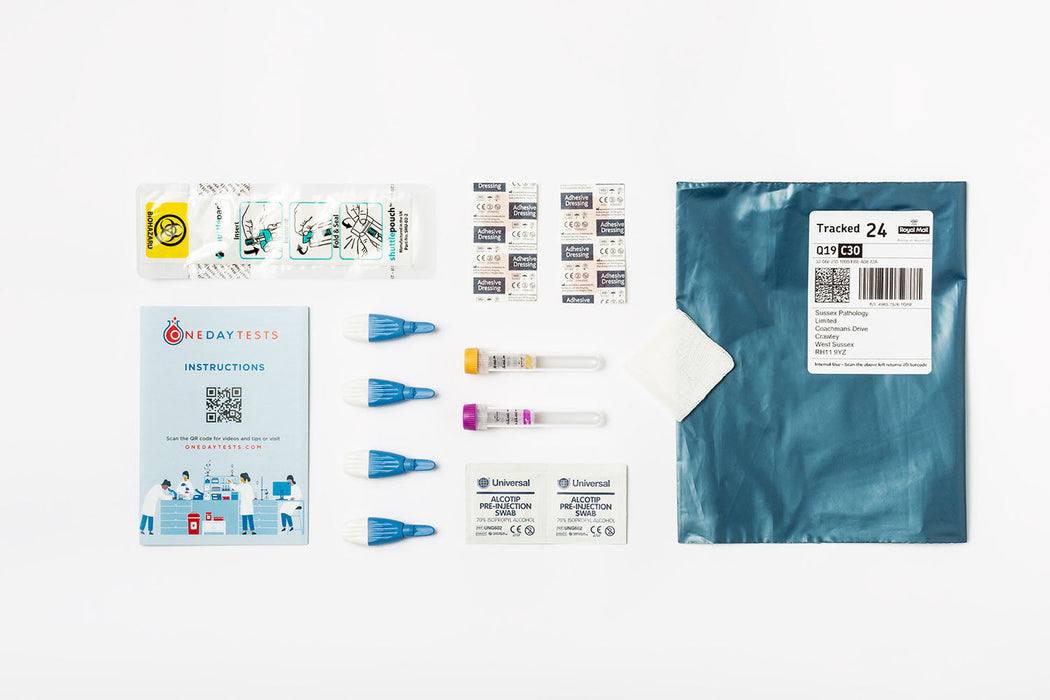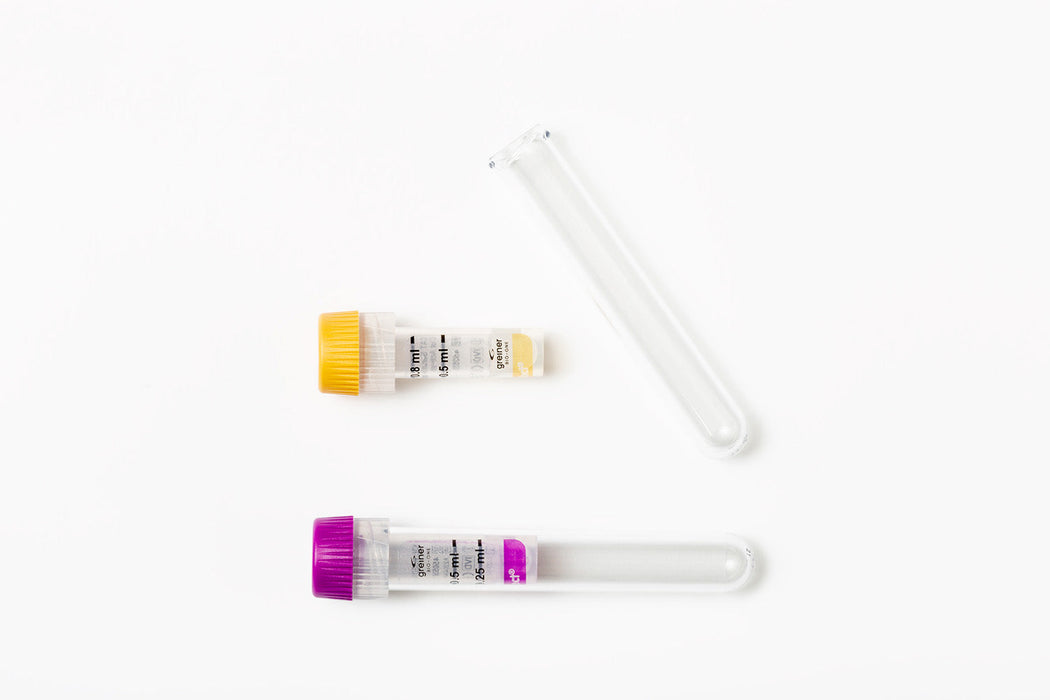What is it?
Mean Corpuscular Volume (MCV) is a measure of the average size of your red blood cells. A low MCV can be a sign of iron deficiency or an underlying blood disorder such as thalassemia or sickle cell anaemia. A high MCV can be a sign of vitamin B12 deficiency, folate deficiency, an underactive thyroid, excess alcohol use, blood disorders, or use of certain medications.
Interpretation
The MCV is a measure of the average size of your red blood cells. The red blood cells are small in iron deficiency, and they are big in vitamin B12 and folate deficiency, as well as in thyroid disease and excess alcohol consumption. The MCV can therefore give us a clue about other medical conditions.
Reference ranges
If your indicative MCV count is lower than the reference range for our laboratory:
Low MCV is often a sign of iron deficiency but may occur in people with other long term illnesses.
It is also seen in people with a blood condition called thalassemia, or people who carry the genetic trait for thalassemia.
Rarely, it is a sign of lead posioning.
If your MCV is low, we suggest speaking to your GP about the need for further investigations to find the cause of low MCV.
If your indicative MCV count is higher than the reference range for our laboratory:
A high MCV means your red blood cells are bigger than normal. This can be seen with deficiencies in vitamin B12 and folate, liver disease, excess alcohol consumption, an under active thyroid, or sometimes as a side effect of medications.
If your MCV is high, we suggest speaking to your GP about the need for further investigations to find the cause of high MCV.




















